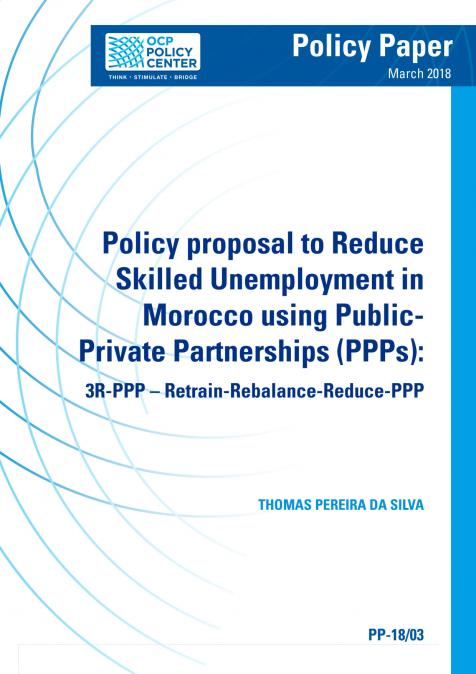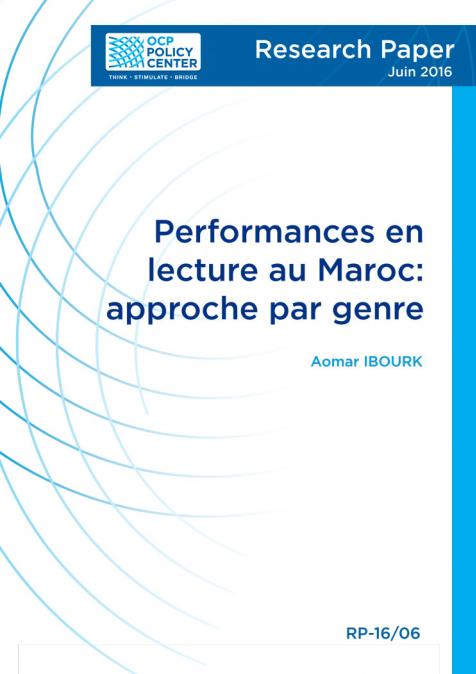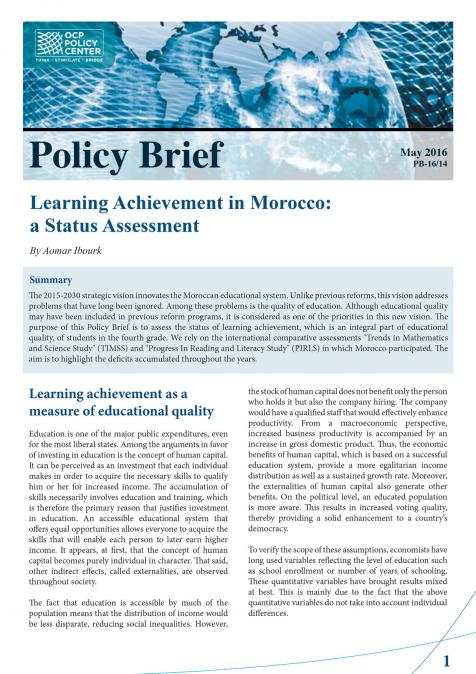Publications /
Opinion
Poker is a game for real men, cowboys, for example, ocean divers, stunt men, gambling away their meager pay. Poker is America, as oversized as trucks, egos and steaks. A gambler’s paradise. 24/24. Drinks on the house, a discount for the bridal suite. Poker made its way from quaint southern New Orleans to the rough west, where gold diggers gambled away fortunes, and settlers risked their wagons and horses for a game of cards. Decades ago, I met a descendent of this wild bunch in Las Vegas, Johnny Moss, the greatest poker player of our time, as his biographer Don Jenkins wrote in his “Champion of Champions” (1981). Moss was as pale as a hospital sheet, because most of his time he worked under neon lights. The gambler had a room upstairs in “Binion’ s Horseshoe Saloon”, which Moss only ever left when he was challenged for a golf game - 50 000 dollar for one hole. Or 100 000. He played with his professional poker rivals, who were buddies as well, Pug Pearson for example, or Doyle Brunson.
They would bail each other out if a streak of bad judgment or just the wrong cards were leading them towards bankruptcy at the table; hundred thousand dollars’ credit, no papers signed. Moss was a gambler, who was used to the rhythm of his profession, a millionaire three or four times a day or night, a beggar in between, just able to throw two thousand dollars chips toward his worried wife Virgie to pay the rent. He was working, often three sleepless days and nights. Hand after hand, bets, calls, raises. No limit poker pushes up the heartbeat of gamblers any ago, a free fall into a space of economic and emotional survival. Johnny observed the pot, at times almost a million dollars or more, the value of his ranch in Texas. He watched his opponents to detect fear. Yes, fear is a downer for high stake gamblers. «If you are afraid to lose your money, you can’t play to win”, he told me. Poker is bluffing, intimidation, mathematics. Luck and guts, and adrenaline.
JUST COOL AS METAL, AND AN IRON SPIRIT
Johnny Moss has played his last hand in 1995, age 88, but his gambling fraternity, is now facing its own digital revolution — opponents of a frightening kind. If chips and cash are piling up in the center of the table, the bundles of money seemingly reaching the height of the wall Donald Trump wants to construct between the USA and Mexico, the future opponents will show no fear, or any indication of nervous tensions—just cool as metal, and an iron spirit. A gambler’s nightmare. Yes, but very smart and alert, highly wired and programmed—computers. In a game of poker, the machine does not see the cards of the opponent, the computer has to figure out the secret hand, the expected moves, for example bluffs. To prepare the machine, gambling scientists will be feeding it randomly chosen poker situations, asking the computer to repeat it a trillion times, often playing against itself. In this so-called deep learning technology, the algorithms feed its training data into a deep neural network, from which it draws information to match it with the game situation. After each hand has been played, the machine evaluates each decision, determining whether a different choice would have produced a better result.
The computer handled the challenge to perfection - “this A.I. bluffs with the best”, praised the “New York Times” recently, reporting on a study in “Science” about the latest experience of the machine vs human brain power. The paper quoted the professional poker player Darren Elias,32, who won a record four titles on the World Poker Tour, and had never faced anyone who played with so little fear as the machine. Even when Mr. Elias decided to bluff, betting as if he held a strong hand, the computer effectively called him on it: charging ahead, matching each bet with what seemed to be complete confidence, and winning. The automated poker player, named Pluribus, was designed by researchers of Carnegie Mellon University in Pittsburgh and the Facebook artificial intelligence lab in New York City. Over the past 30 years, noted the Times, researchers have built systems that beat the best players at checkers, chess, Go, even jeopardy”. But unlike these games, poker is based on hidden information. The best players must master ways of uncovering what their opponents are hiding, while keeping their own secrets safe. Pluribus defeated the 12 professionals in” no limit Texas Hold ’Em,” the most popular and complex form of poker. Two top artificial intelligence labs have built systems in the past that can beat the world ‘s best players at three dimensional video games like Dota 2, Quake and Starcraft, but these systems did not have to compete with multiple players at once as Pluribus was challenged to achieve.
“WE WILL TRUST THEM TOO MUCH”
The success of the poker experiment certainly is not limited to the gambling world, which one day soon may see robots taking the seats at the casino of Las Vegas, where no clocks are ticking and no daylight ever disturbs the gamblers. The Pluribus achievement marks another notable milestone in the progress of artificial intelligence, noted the “New York Times”. Experts believe the techniques that drive this and similar systems could be used in Wall Street trading, auctions, political negotiations and cybersecurity, activities that, like poker, involve hidden information. Melanie Mitchell, professor of computer science at Portland State University and author of “Artificial intelligence: a guide for thinking humans” warns of unwarranted enthusiasm:” Current progress in A.I. is stymied by the barrier of meaning. Anyone who works with A.I. systems, argues the West Coast professor, ”knows that behind the façade of humanlike visual abilities, linguistic fluency and game playing prowess-these programs do not-in any human like way- understand the inputs they process or the outputs they produce. Researchers have been experimenting for decades with methods for imbuing A.I. systems with intuitive common sense and robust human like generalization abilities, but there has been little progress in this very difficult endeavor, writes the scientist.” A.I. programs that lack common sense and other key aspects of human understanding are increasingly being deployed for real-world applications. While some people are worried about “superintelligent” A.I. the most dangerous aspect of A.I. systems is that we will trust them too much and give them too much autonomy while not being fully aware of their limitations.”(New York Times)
THE WORST EVENT IN THE HISTORY OF CIVILIZATION?
Authors like Kevin Drum (i Foreign Affairs, July/ August 2018) disagrees: “Make no mistake. The digital revolution is going to be the biggest geopolitical revolution in human history.” The Industrial Revolution Drum reminds us, changed the world, and all it did was replace human muscle. Human brains were still needed to build, operate and maintain the machines, and that produced plenty of well-paying jobs for everyone. But the digital revolution will replace the human brain. By definition, anything a human can do, human level A.I. will also be able to do-but better. Smart robots will have both, the muscle to do the work and the brainpower to run themselves. Putting aside airy philosophical arguments whether a machine can truly think, they will, for all practicable purposes, make Homo Sapiens obsolete. Was Stephen Hawkins, the legendary Cambridge physicist right after all, when he warned that the development of full Artificial Intelligence could spell “the end of the human race”, turning into “the worst event in the history of civilization?” Should we relax since machines do not have the capacity for creativity, innovation, inspiration, empathy? Not yet. Or human, romantic feelings, although Hollywood created in “Ex Machina” a delightful Ava, presenting a robotic body, a human looking face, and some sensuality, which possibly will rust on her one day.
THE ROBOTS ARE COMING
The consulting firm Mc Kinsey’s “Global Institute” suggested last year that up to 800 million careers (or 30 percent of the global job force), from doctors to accountants, lawyers to journalists, will be lost to computers by 2030, while every single worker on earth will need to adapt as their occupations evolve alongside increasingly capable machines. Martin Ford, author of “Rise of the Robots: technology and the threat of a jobless future: “Machines are taking on cognitive capabilities, beginning to compete with our ability to reason, to make decisions, and, most importantly, to learn. At least over the next couple of decades, A.I. and robotics are eliminating huge amounts of jobs. Beyond that, it gets more unpredictable, we really don’t know what's going to happen.” We know though, Robotic investments are booming, 15.64 billion for the first six months of this year in the US alone. At Walmart supermarkets, a US shopping giant, customers can observe autonomously operating robots at work, machines deciding when produce has become overripe, then summoning humans to replace it. The Pentagon is preparing robots for combat missions, thus avoiding any emotional funeral services- the deceased fighter delivered to the scrapyard. Amazon is using complex algorithms to track worker productivity in their distribution warehouses and can automatically fire workers.
About 1.7 million manufacturing jobs have already been lost to robots since 2000, including 400 000 in Europe, 260 000 in the US and 550 000 in China, which will, predicts ‘Oxford Economics”, realize most manufacturing automation on earth-by 2030 about 14 million industrial robots will take up their jobs. A few days ago, 15 “Roboglobal” executives cheered as their robot rang the closing bell of the New York Stock Exchange, encouraging at the same occasion the CNN viewers to invest in the” Robotics & A.I. revolution”. The presentation of the robot, noted the “New York Times,” was aimed to show the world how easy –and increasingly common-it is for humans to work alongside robots.” Amazon, which counts 300 000 employers in the US, is initiating these days a 700-Million-dollar investment program to retrain a third of its workers to perform high tech duties, turning a warehouse floor worker into IT technicians and low-level coders to data scientists.
MR YANG’ S DOOMSDAY PROPHECY
Dramatic changes for the global work forces affected by the digital revolution are obvious, the social disruptions, even worker’s revolts, are not predictable, but a possible scenario. Yet, politicians remain almost disinterested in the fundamental changes in the social fabric of their societies. Mass unemployment, if the predictions of scientists are credible, will cause major problems - with unions and for political parties and institutions. Donald Trump is trying to secure his base, and his reelection in 2020, with racist slogans and military posturing. No word from the White House about a possible robot apocalypse. Only one contender (of 20) competing to be chosen as Presidential candidate for the Democratic Party has made A.I. and its challenges a priority in his speeches and debates—Andrew Yang, 44, born in the US and the son of immigrants from Taiwan. The White House candidate leaves no doubt to his potential voters about his concern: “I am writing from inside the bubble to let you know that we are coming for your jobs”- greetings from his base in Silicon Valley, headquarters of many A.I. startups and computer giants involved in the A.I. and robots future.
Yang is convinced that Trump won the elections in 2016 because the nation automated away four million manufacturing jobs in critical Midwest states, vital for electoral victory. “Now we are about to do the same thing to millions of retail jobs, call center jobs, fast food jobs and most destructing, trucking jobs in -coming years (3.5 million truck driver jobs to be automated away within the next 10 years, replaced by self-driving systems). When I talked to other mainstream political candidates, no one seemed to want to focus on the enormity of the reality that’s ahead of America”, stated the Presidential contender.” Alarmist “h, asks journalist Kevin Roose.” Sure. But Mr. Yang ‘s doomsday prophecy echoes the concerns of a growing number of labor economists and tech experts who are worried about the coming consequences of automation.






